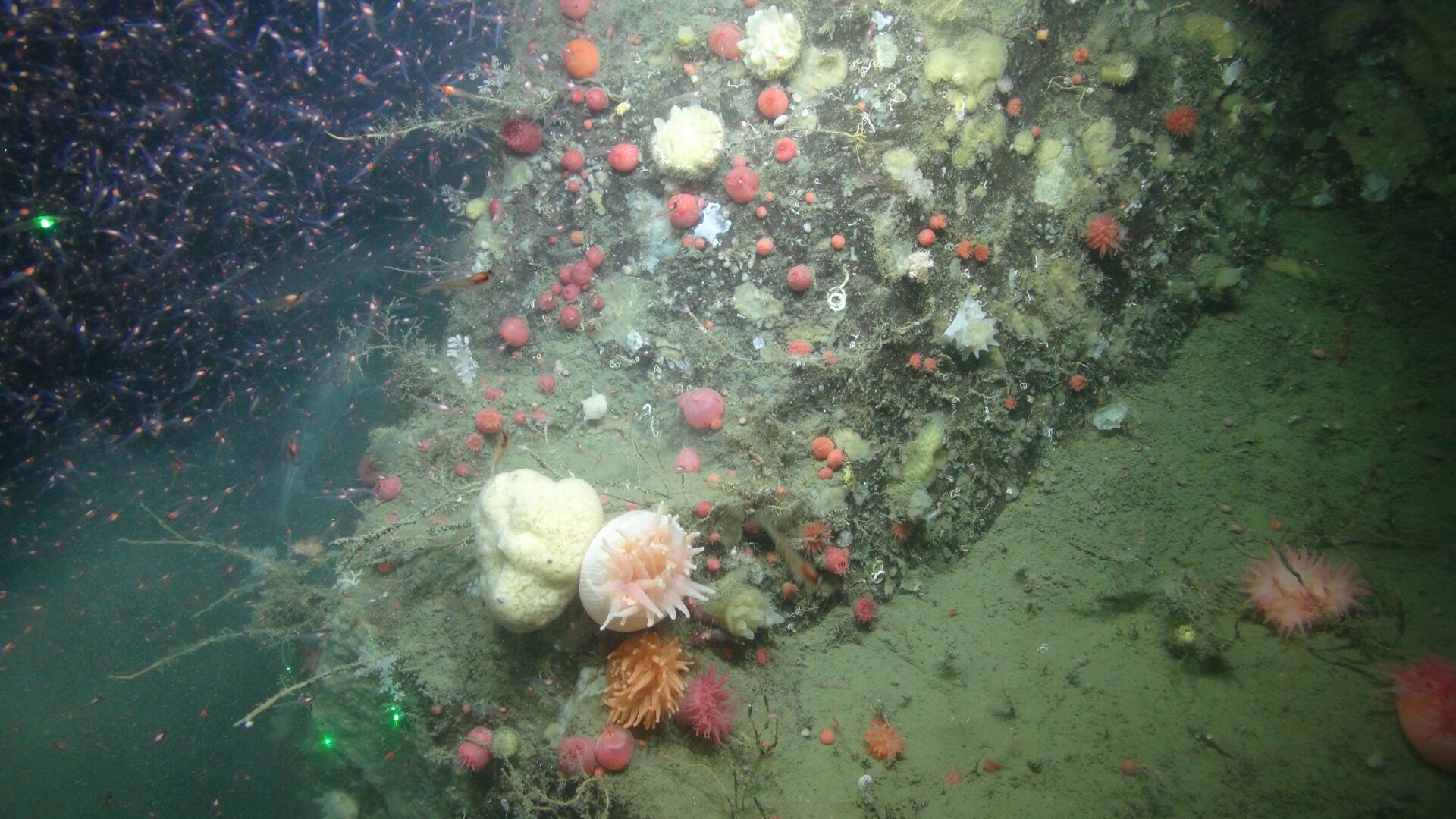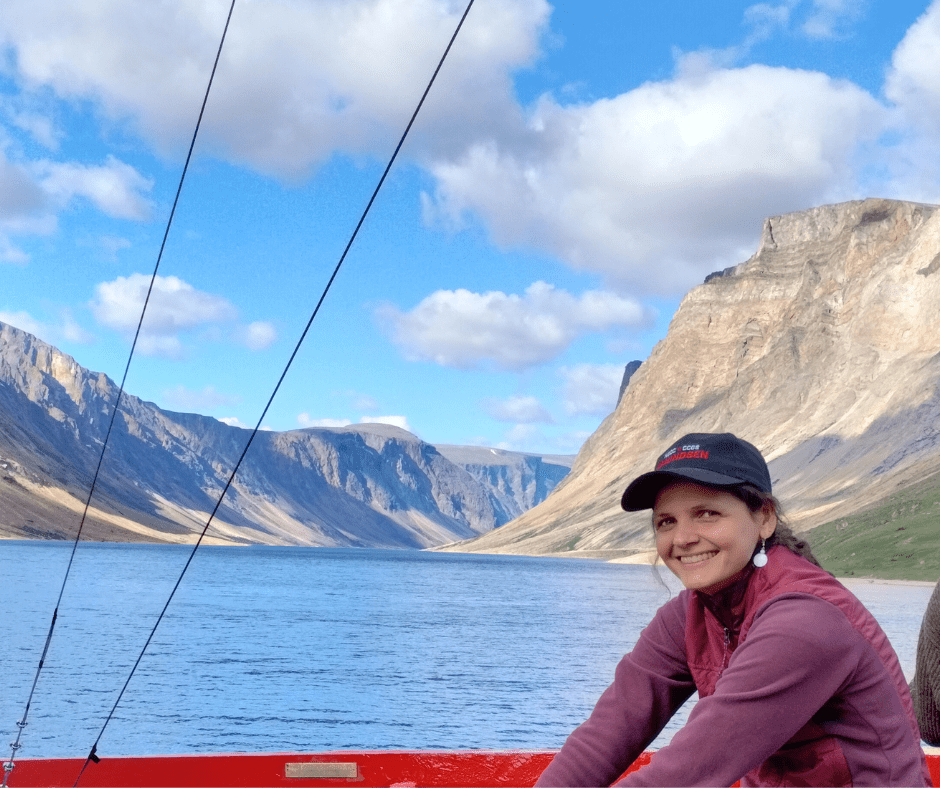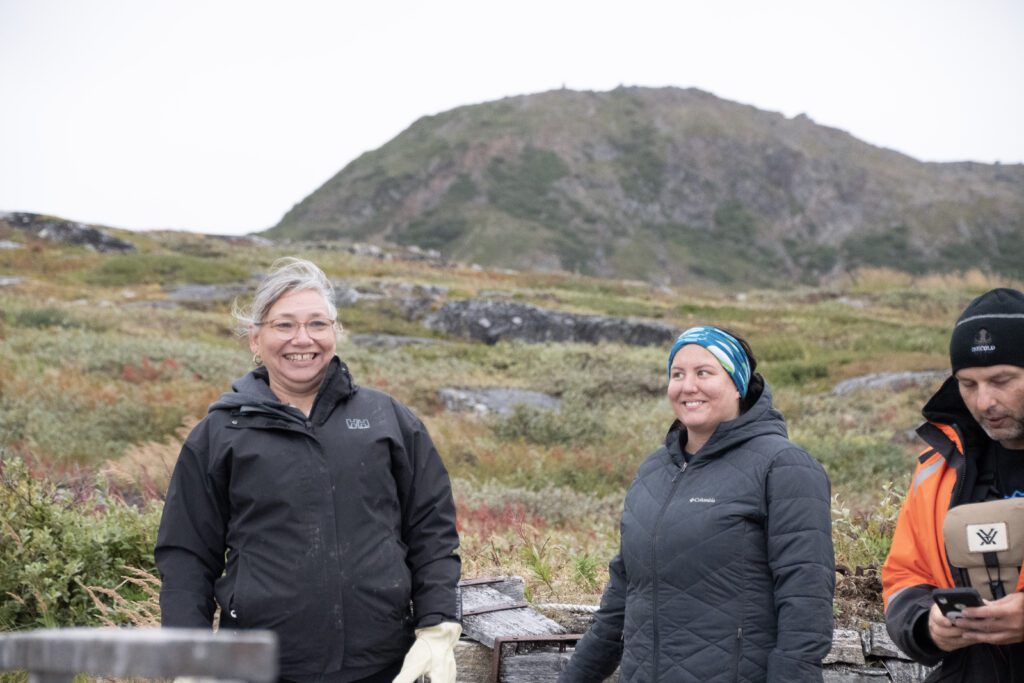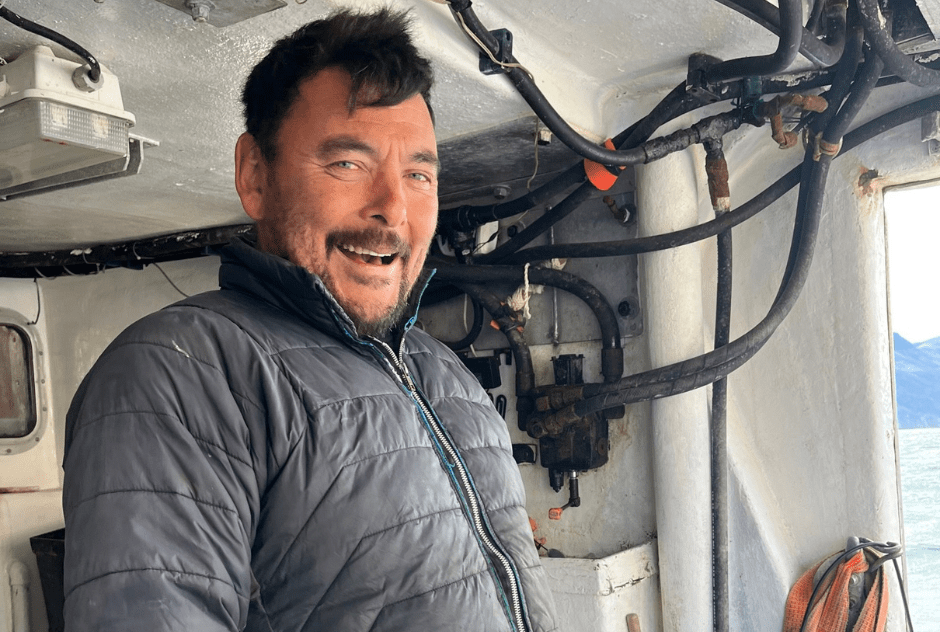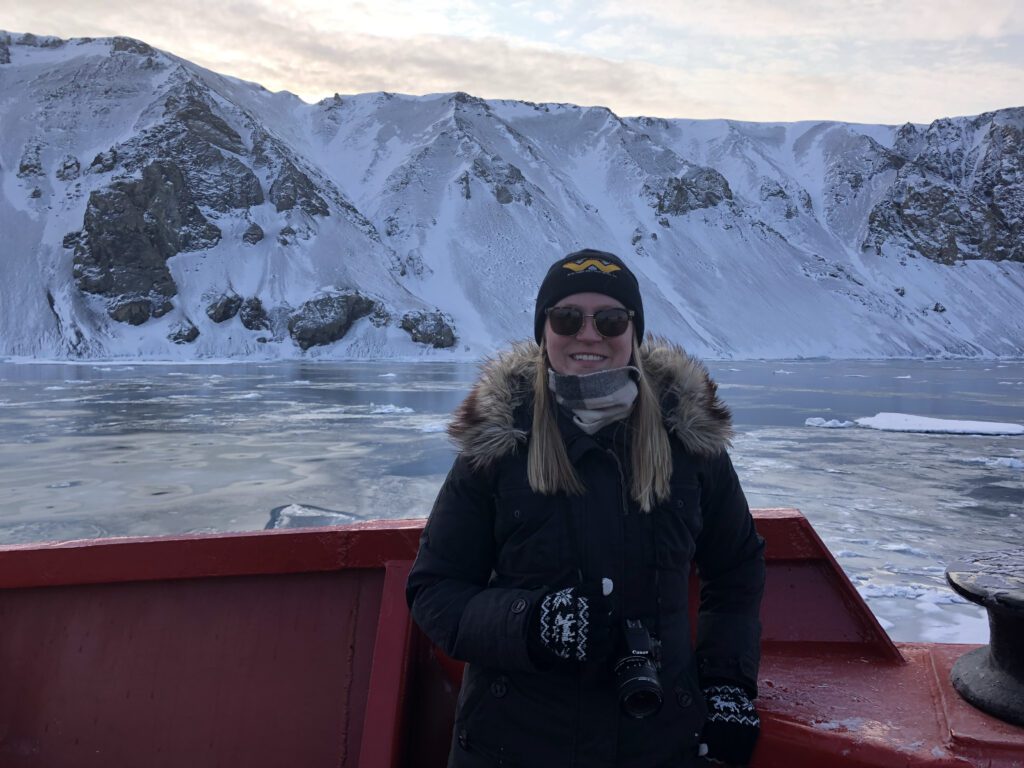During the 2022 Amundsen Expedition, a multidisciplinary team of scientists guided by local Nunatsiavut knowledge has observed a high-biodiversity region along the Labrador Coast. The site, an underwater cliff named “Joey’s Gully” (according to the name of the local fisherman Joey Angnatok who surmised its presence), was explored using the Amundsen Science’s ASTRID Remotely Operated Vehicle (ROV) deployed from the Canadian Coast Guard Ship (CCGS) Amundsen.
_______________________________________________________________________
Oceanographers, ecologists and biologists have benefited from working with local communities as they conduct collaborative research along the Labrador coast. David Côté is an ecologist at the Department of Fisheries and Oceans Canada who leads scientific projects such as ISICLE and ICECOLD to characterize and understand coastal and offshore ecosystems of the Labrador Sea. His colleague Barbara de Moura Neves is a research scientist who studies benthic ecosystems and especially corals and sponges. During both of their careers, they have worked in partnership with Nunatsiavut Government representatives and local communities, including fishermen. Important components of their research have been conducted on board the CCGS Amundsen over the past years.
-
David Côté, Ph.D. Ecological Sciences, Fisheries and Oceans Canada

-
Bárbara de Moura Neves, Ph.D. Research scientist, Fisheries and Oceans Canada
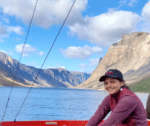
In recent years, research programs aboard the CCGS Amundsen have notably focused on exploring the diversity of species living at the bottom of the ocean, which are referred to as benthic species. Some research programs have shed light on sensitive and fragile habitats across the coastal and deep ocean realm, while other programs have focused on better understanding the different characteristics of the marine organisms living at the surface and all the way down through the deep ocean. David and Barbara have joined a team of scientists on the CCGS Amundsen for the 2021 Expedition managed by Amundsen Science and have worked with local community members to locate areas in the northern seas where they might find sensitive coral species. The scientific team was able to identify new areas where benthic species of interest and maybe biodiversity hotspots could be found, thanks to discussions with local fish harvesters, and several rounds of planning using combination of local knowledge and scientific measurements. Multiple dives in the Labrador Sea and Baffin Bay where then schedule this year of 2021. Other dives have been postponed for the following year, as part of the 2022 Amundsen Expedition.
Committed to support the implementation of the National Inuit Strategy on Research (NISR), Amundsen Science has partnered with the Nunatsiavut Government and Nunatsiavut Research Centre to help better understand the marine and coastal environment along the Nunatsiavut Coast.
In fact, two Nunatsiavut Research Centre’s employees and scientists, Michelle Saunders and Carla Pamak, joined the multidisciplinary team of scientists on board during the first Leg of 2022 Amundsen Expedition. Their presence provided input on scientific operations but also opportunities to consolidate Inuit-led research, knowledge co-production, and Inuit community engagement. They organized cultural sessions on board the vessel to raise awareness and share cultural stories and the importance of ongoing work in the Labrador Sea and coastal Nunatsiavut. These efforts culminated in a tour of the Hebron Mission National Historic Site for the CCGS Amundsen scientists and crew members.
